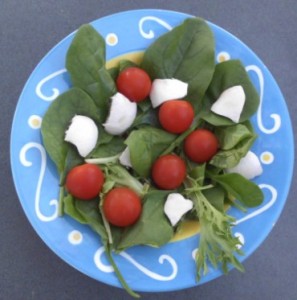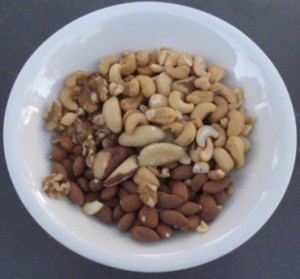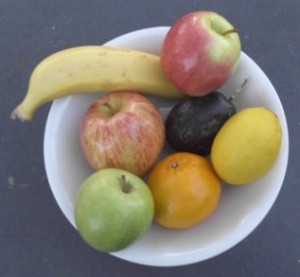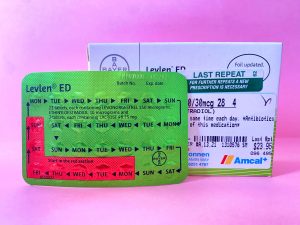Tips and Tricks for Vegetarians
 ‘But what do you eat?” This is the question vegetarians hear over and over again, often from people who like the idea of a vegetarian diet but just cannot imagine meals without meat. Really though, adopting a healthy vegetarian diet is not all that complicated. Just as in any other diet, the main requirement is to eat a healthy balance from the food groups: pasta/bread/cereals, vegetables; fruits; dairy products; and meat/nuts/legumes/eggs/fish. As in any other healthy diet it is advisable to avoid refined flours and sugars in goods such as white bread, cakes, soft-drinks and ice-creams, and to choose low or no fat dairy options.
‘But what do you eat?” This is the question vegetarians hear over and over again, often from people who like the idea of a vegetarian diet but just cannot imagine meals without meat. Really though, adopting a healthy vegetarian diet is not all that complicated. Just as in any other diet, the main requirement is to eat a healthy balance from the food groups: pasta/bread/cereals, vegetables; fruits; dairy products; and meat/nuts/legumes/eggs/fish. As in any other healthy diet it is advisable to avoid refined flours and sugars in goods such as white bread, cakes, soft-drinks and ice-creams, and to choose low or no fat dairy options.
Meat in non-vegetarian diets provides protein, fat, zinc, iron, B12 and cholesterol. The saturated fat and cholesterol provided by meat is widely held to be unhealthy. So the new vegetarian needs to decide how they will get these nutrients without eating meat. The trickiest nutrient to obtain without eating meat is B12. It is in very few other sources. As a vegetarian, the best source I know is milk, and some people decide not to drink milk either when they become vegetarian. Mushrooms may also provide very limited amounts of B12. Some vegetarians choose to take B12 supplements.
Protein, iron and zinc, and other minerals in a vegetarian diet come from nuts such as pistachios, brazils, walnuts and almonds, and legumes such as chickpeas and lentils. Easy ready-to- go sources are baked beans and hummus. Iron is also found in wholegrain cereals, breads and pastas and in leafy green vegetables, such as spinach.To help your body access iron from vegetarian sources, it helps if you also eat or drink a vitamin C source when consuming your iron. Some such sources would be oranges, tomatoes, and capsicums.
If you have a weight problem, it is worth knowing that in a vegetarian diet the protein comes packaged with fat (nuts) and carbohydrates (legumes). The fats in nuts are generally healthier than those found in meat. Lowest fat nuts are pistachios and almonds, and lowest carbohydrate legumes are lentils and chickpeas. Because your legumes contain carbohydrates, you could also lessen a little the daily-recommended intake of wholegrain cereal-based products. Non-dairy vegetarian sources of protein have“incomplete” proteins, so a variety of them need to be included each day to make up complete proteins.
If you choose not to drink milk or consume milk products it may be difficult to get enough calcium. Some good sources of calcium are almonds and sesame seed paste. (The latter, also known as tahini, is found in hummus.)
Vegetarian diets are not really all that difficult to achieve, and are said to have many health benefits, for instance in reducing risk of heart disease, lowering blood pressure and decreasing risk of obesity.








Be the first to comment!